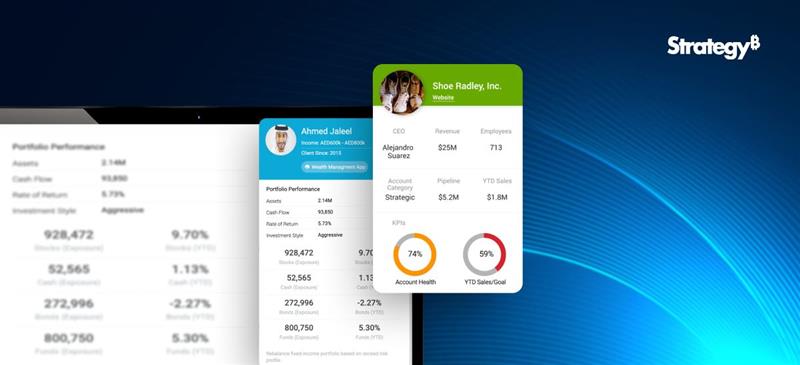Tableau Public Login
1. Sign Up for an Account
Head over to Tableau Public and create a free account. After signing in, you’ll have access to your profile hub, where you can manage and create new visualizations, also known as vizzes in the Tableau Community.
2. Create a Visualization
Click on “Create a Viz” from your profile hub, and you’ll be taken to Tableau’s interface, where you can connect to data sources, build your visualizations, and customize them as needed.
3. Publish Your Work
Once your visualization is ready, click “Publish As” to share it. This step ensures that your work is stored in the Tableau Public free data visualization software, making it accessible to a global audience.
How to Download Tableau Public: Free & User-friendly
If you’re eager to start, Tableau Public download is free. Here’s how to get started:
• Visit the official Tableau Public download page.
• Click on the “Download” button to get the latest version.
• Install the software and sign in using your Tableau Public login credentials.
• Start exploring data visualization with Tableau Public free download.
With Tableau Public tutorial resources available online, you can quickly learn how to leverage its features for impactful storytelling.
Master Data Visualization: Best Practices for Creating Visualizations on Tableau Public
1. Craft Clear and Informative Titles
A well-thought-out title is crucial for any visualization. It should succinctly describe the content while giving viewers a clear understanding of what to expect. A good title helps set the context for your data story.
2. Choose the Right Visual Encodings
The effectiveness of your visualization relies heavily on selecting appropriate chart types and encodings. Whether it’s position, length, or color, choosing the right visual elements ensures that your data is represented accurately and clearly.
3. Ensure Effective Labeling
Labels make your visualization easier to interpret. Be sure to label axes clearly and add data labels where necessary, so your audience doesn’t need to guess or spend extra time understanding the data.
4. Select the Most Suitable Chart Types
Not all charts are created equal—each has its strengths for different types of data. Bar charts are ideal for category comparisons, while scatter plots are great for showing relationships between variables. Picking the right chart type is crucial for delivering your message effectively.
5. Use Reader-Friendly Formatting
Well-formatted visualizations are more likely to resonate with viewers. Use appropriate font sizes, colors, and layout elements to ensure that your visualization is not only aesthetically pleasing but also easy to read and comprehend.
6. Incorporate Filters and Parameters
Tableau Public’s interactive features, such as filters and parameters, allow users to engage more deeply with your visualization by customizing their view. Thoughtful use of these tools can enhance the user experience.
7. Limit Annotations
Annotations can add helpful context or clarification, but they should be used sparingly to avoid overcrowding your visualization. Only include annotations when they provide meaningful insights or explanations.
8. Utilize Tableau’s Built-in Formatting Tools
Tableau Public provides a variety of formatting options that help polish your visualizations. Take advantage of these tools to make your work look professional and visually appealing.
9. Share Your Visualizations Publicly
Once you’ve completed your work, sharing it on Tableau Public allows you to contribute to the larger data community. You can also embed your visualizations on websites or blogs, helping you build your personal portfolio.
Building a Strong Tableau Public Portfolio
To stand out in the Tableau Public community, it’s important to curate a portfolio that reflects your skills and versatility. Here are a few tips:
1. Highlight Your Best Work
Showcase the visualizations that demonstrate your strongest skills and align with your career interests. These projects should reflect the kind of work you excel at and wish to pursue.
2. Maintain a Clean, Organized Layout
A well-organized portfolio enhances the viewing experience. Ensure that your visualizations are easy to navigate, and avoid cluttered or confusing layouts.
3. Use High-Quality Visuals
Always use high-resolution images or graphics when showcasing your work. Poor-quality visuals can give a negative impression and may not reflect your actual abilities.
4. Provide Clear Descriptions
Accompany your visualizations with concise descriptions. Explain the purpose of each project, the data source, the analytical methods used, and any challenges you encountered.
5. Show a Variety of Work
Include a diverse range of projects in your portfolio to highlight your versatility. This demonstrates your ability to adapt to different data sets and visualization types.
6. Keep Your Portfolio Updated
Regularly update your portfolio with your latest work to show your ongoing development and progress in data visualization.
7. Seek Constructive Feedback
Asking for feedback from peers or mentors can help you identify areas for improvement and refine your portfolio for better presentation.
8. Engage with the Tableau Community
Tableau Public isn’t just a tool—it’s a thriving community. Engage with other users by liking, commenting, and participating in forums and challenges. It’s a great way to learn, share, and grow alongside other data enthusiasts.
Conclusion
Tableau Public is a powerful platform that offers more than just free data visualization tools, it’s a gateway to learning, growth, and professional opportunities. By following these best practices, you can create compelling and impactful visualizations while engaging with a vibrant community of data professionals. Whether you’re looking to advance your career or simply improve your data skills, Tableau Public provides the perfect platform to explore, create, and share.
Connect with us a for a free demo: https://beinex.com/free-tableau-software/




